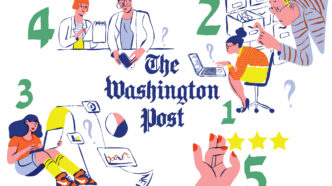
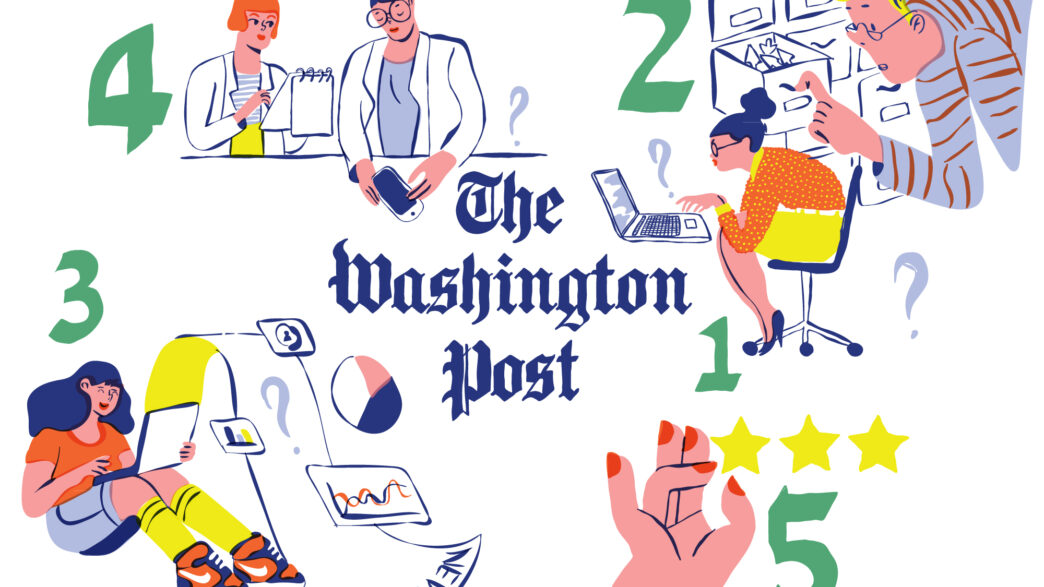
Anjali Iyer est Head of Lifecycle Marketing au Washington Post, avec 15 années d'expérience en connaissance client, études et stratégies marketing. Dans cet article écrit spécialement pour The Audiencers, elle nous raconte la stratégie d'accueil des nouveaux abonnés mise en place au Washington Post.
Faire une bonne première impression, c’est important partout, n’est-ce pas ? Au Washington Post, nous l’avons bien compris. C’est la raison pour laquelle nous avons mis en place un parcours d’accueil personnalisé pour nos nouveaux abonnés, parce que nous savons que c’est la garantie d’un plus grand engagement, de meilleurs taux de rétention et, en fin de compte, d’une augmentation de la lifetime value (LTV).
L’objectif principal de notre séquence d’accueil est de favoriser la consommation de nos contenus, ce qui génère à la fois des revenus d’abonnement et des revenus publicitaires. En encourageant les abonnés à lire beaucoup d’articles, nous augmentons la probabilité de renouvellement de l’abonnement… et les impressions de pages pubées : c’est gagnant-gagnant sur tous les tableaux !
Aussi, le but de notre parcours est clair : augmenter la fréquence de visite, et développer des habitudes chez nos lecteurs qui enrichissent leur expérience globale… et les font revenir.
En étudiant le comportement de nos nouveaux abonnés, nous avons appris trois choses :
1) Les deux premières semaines du parcours d’un abonné sont cruciales car elles influencent considérablement la perception de l’abonné. Nous disposons donc d’une fenêtre limitée de 14 jours pour présenter la valeur que nous offrons et susciter l’engagement.
2) Les abonnés qui ont effectué moins de 4 visites affichent un taux de rétention inférieur de 10 points de pourcentage à ceux qui ont effectué 15 visites ou plus. Cela souligne la nécessité de mettre en place des stratégies d’engagement proactives pour encourager les abonnés à développer une présence constante sur nos plateformes.
3) Les abonnés qui utilisent notre application et nous rendent visite 15 fois ou plus affichent un Net Promoter Score (NPS) plus élevé que les autres abonnés. Le NPS est un indicateur utilisé pour mesurer la fidélité et la satisfaction des clients à l’égard d’un produit, d’un service ou d’une marque. Il permet de savoir dans quelle mesure les clients sont susceptibles de recommander une entreprise à d’autres personnes. Pour calculer le NPS, le pourcentage de détracteurs (score de 0 à 6) est soustrait du pourcentage de promoteurs (score de 9 à 10). Le résultat peut aller de -100 à +100. Un NPS élevé indique une proportion plus importante de clients satisfaits et fidèles, tandis qu’un score plus faible indique une base plus importante de clients insatisfaits.
Cela souligne l’impact positif d’une bonne expérience pour les abonnés et les bienfaits d’une utilisation fréquente de nos supports. Cela nous permet également de comprendre les comportements des abonnés, segmenter les groupes de lecteurs et activer les bons leviers.
L’accueil des nouveaux abonnés
Notre parcours d’onboarding comporte deux volets :
- Les messages on-site
- L’accueil par e-mail
L’onboarding « on-site »
Au cours du parcours d’onboarding on-site, les nouveaux abonnés sont invités à sélectionner leurs centres d’intérêt et à choisir parmi nos recommandations personnalisées de newsletters. Ces informations nous permettent de mieux comprendre les besoins et les préférences des abonnés, et nous notons un taux de complétion du processus élevé.
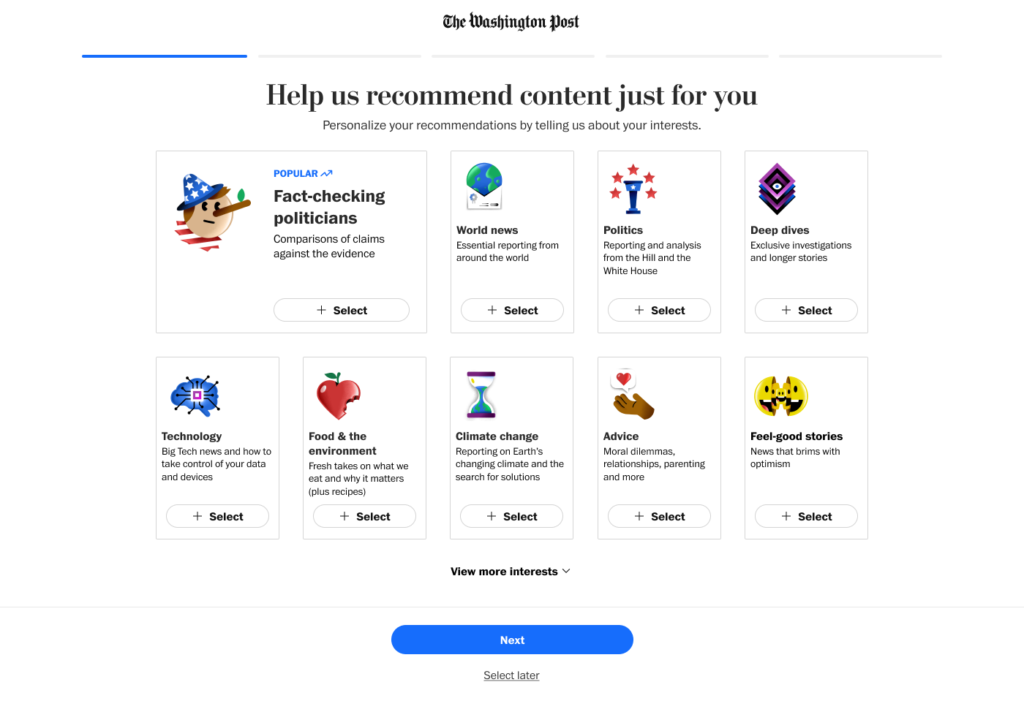
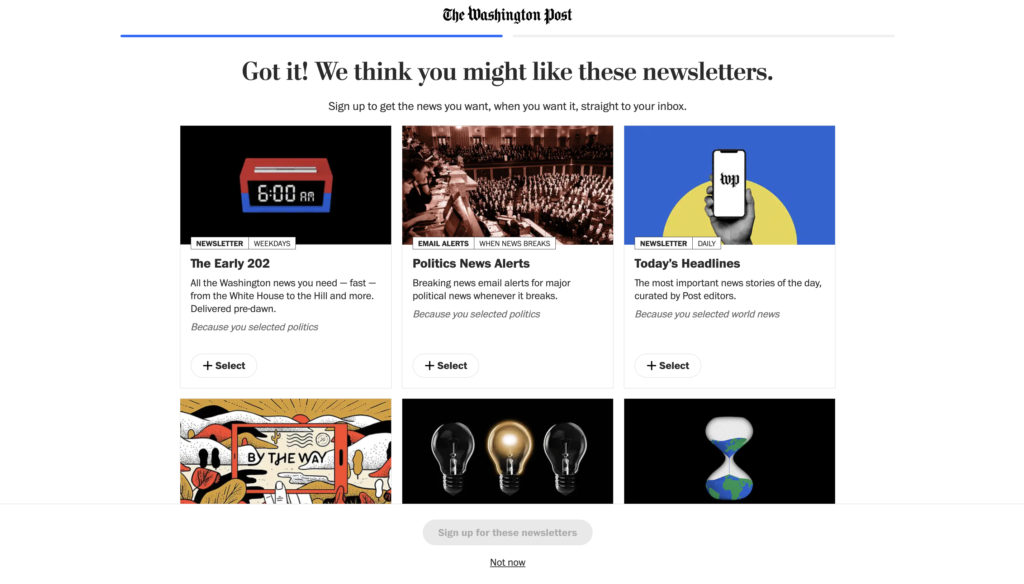
La séquence d’accueil par e-mail
Le premier email que nous envoyons est un mot de bienvenue chaleureux de la part de nos auteurs. Notre but ici est d’établir un lien personnel avec les abonnés et partager la mission du Washington Post. C’est l’occasion de communiquer nos convictions et de réaffirmer les raisons pour lesquelles les abonnés ont choisi de faire partie de notre communauté… Au fur et à mesure que la série d’e-mails progresse, chaque abonné reçoit des messages personnalisés en fonction de ses préférences individuelles. Notre objectif est de veiller à ce que les abonnés ne reçoivent que des informations correspondant à leur niveau d’engagement jusqu’à présent.
Par exemple, nous encourageons les abonnés premium à partager leurs abonnements bonus, l’un des avantages offerts aux abonnés premium. D’autres exemples incluent l’envoi d’e-mails de rappel aux abonnés qui n’ont pas terminé leur inscription sur le site pour sélectionner leurs centres d’intérêt et s’inscrire aux newsletters. Les données comportementales sont utilisées pour personnaliser l’expérience d’accueil au niveau de l’abonné. Notre objectif est d’informer les abonnés sur les avantages dès le début de leur cycle avec nous, et de leur faire prendre des habitudes qui ont un impact positif sur la rétention et la LTV.
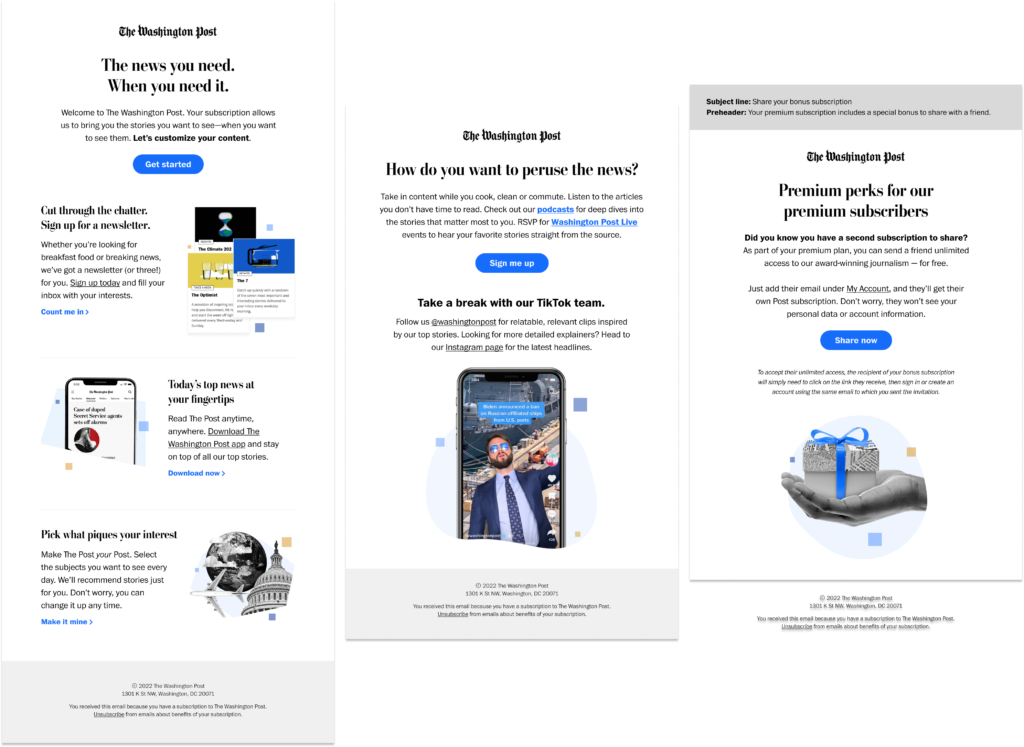
Les résultats de la séquence d’e-mails
Pour mesurer l’efficacité de notre parcours d’accueil par e-mail, nous avons créé 2 groupes d’abonnés : le premier qui reçoit notre séquence d’accueil, et le second – groupe de contrôle – qui ne reçoit rien.
Nous avons retenu comme indicateur de performances le nombre total de visites, le nombre de jours de visite dans les 30 jours, le nombre de pages vues, l’adoption d’habitudes et la fidélisation. Depuis le lancement du parcours d’accueil des abonnés, nous avons observé une augmentation statistiquement significative de la fidélisation et de la valeur incrémentale de la LTV des abonnés après 12 semaines par rapport au groupe de contrôle. Ces résultats mettent en évidence le succès de notre approche, qui permet de renforcer l’engagement et d’offrir une plus grande valeur à nos abonnés.
Ainsi, l’accueil des abonnés joue un rôle essentiel dans la réalisation de nos objectifs marketing, notamment l’augmentation de la consommation de nos contenus, la réduction du taux de désabonnement et la maximisation de la valeur produite pour notre titre (abonnement et recettes publicitaires).
La newsletter The Audiencers : de professionnels, à professionnels
Envoyée toutes les 2 semaines, avec dedans des conseils concrets et applicables, des voix d’experts et des benchmarks inspirants, pour vous aider à mieux engager, convertir et fidéliser vos audiences.












